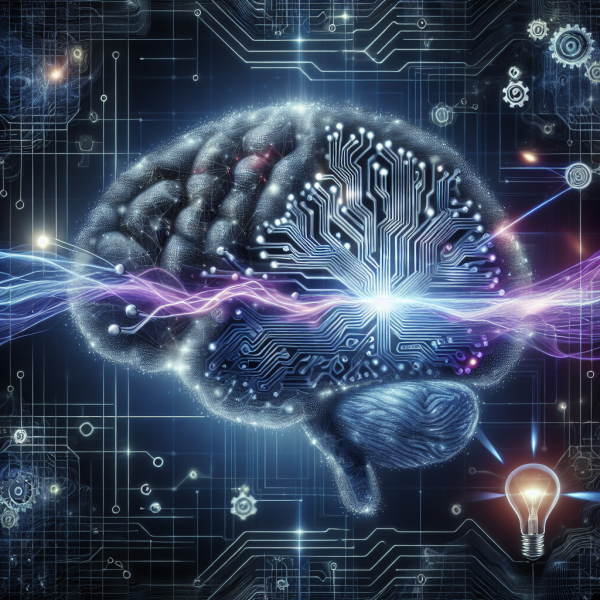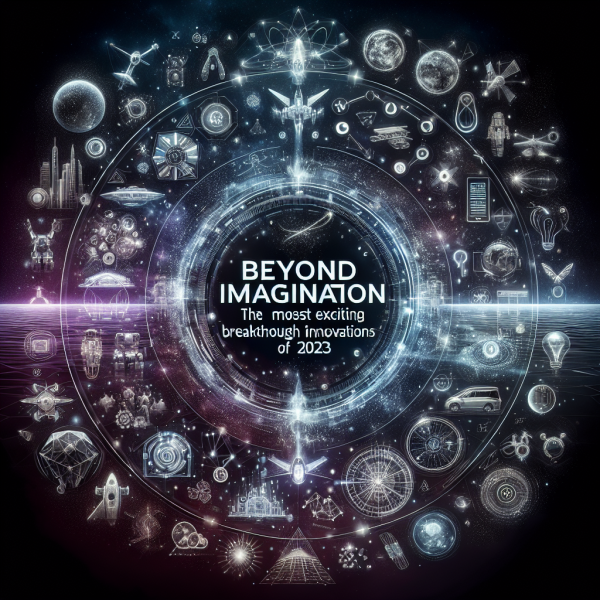Sector Spotlight: A Close Look at the Technology Industry’s Evolution

The technology industry has been a cornerstone of modern society, fostering innovation and driving economic growth. From the early days of computers to the current landscape dominated by artificial intelligence, cloud computing, and the Internet of Things (IoT), the evolution of this sector is marked by rapid changes and transformative breakthroughs. This article delves into the key phases of evolution within the technology industry and predicts future trajectories.
The Genesis: Computing and the Personal Computer Revolution
The technology industry’s journey began with the invention of the first computers in the mid-20th century. These machines were bulky, expensive, and primarily utilized by governments and large corporations. However, the landscape began to shift in the 1970s with the advent of the personal computer (PC). Companies like Apple and IBM made computing accessible to the masses, transforming workplaces and households alike.
This democratization of technology fueled the development of software applications and networks, fostering collaboration and communication across previously disconnected domains. The introduction of Microsoft Windows in the mid-1980s provided a graphical user interface that made computers even more user-friendly, setting the stage for a digital revolution.
The Internet Age: Connectivity and Globalization
The 1990s heralded the rise of the internet—a game-changer that reshaped how people interacted, conducted business, and exchanged information. The development of web browsers, most notably Netscape Navigator, and the launch of search engines like Google revolutionized the way users navigated the vast sea of online content.
E-commerce emerged during this period, with pioneers like Amazon and eBay transforming retail. Meanwhile, social networking sites like Friendster and MySpace started to foster new forms of online communities. The internet facilitated a connected world, enabling businesses to operate and flourish on a global scale, leading to the creation of jobs, products, and services that were previously unimaginable.
The Mobile Revolution: Information in Your Pocket
Entering the 2000s, the rise of smartphones marked another pivotal moment in the technology industry’s evolution. Apple’s introduction of the iPhone in 2007 catalyzed a shift toward mobile computing, making the internet and digital applications available on the go. This not only changed how people accessed information but also transformed industries like finance, healthcare, and entertainment.
The app economy exploded, with millions of developers creating solutions tailored for mobile users. Social media platforms flourished with the exponential growth of smartphone users, leading to a new era of digital communication and content sharing. Businesses had to adapt, embracing mobile-first strategies to engage consumers and streamline operations.
The Era of Big Data and Cloud Computing
As mobile technology exploded, so did the amount of data generated. The 2010s witnessed the rise of big data analytics and cloud computing. Companies began recognizing the value of data as a strategic asset, prompting them to invest in sophisticated analytics tools to glean insights from consumer behavior and operational patterns.
Cloud computing further revolutionized the industry by providing scalable resources and services over the internet. Companies like Amazon Web Services (AWS), Microsoft Azure, and Google Cloud allowed businesses to innovate rapidly without the burden of managing physical infrastructure. This not only reduced costs but also empowered startups to compete with established enterprises, fostering a vibrant ecosystem of innovation.
The Age of AI and Automation: Shaping the Future
Today, we find ourselves in an era defined by artificial intelligence (AI) and machine learning. The technology industry is witnessing unprecedented advancements that are automating tasks, enhancing decision-making, and improving user experiences. From virtual assistants like Siri and Alexa to sophisticated algorithms driving autonomous vehicles, AI is transforming industries across the board.
Moreover, the rise of generative AI models has pushed boundaries further, enabling creative applications in art, writing, and design. As businesses adopt AI-driven solutions, the demand for skilled professionals in data science and AI development continues to soar, reshaping workforce dynamics.
The Road Ahead: Sustainability and Ethical Technology
Looking ahead, the technology industry faces challenges that require thoughtful approaches to sustainability and ethics. Concerns around data privacy, cybersecurity, and the environmental impact of technology are burgeoning. As consumers become more conscious of their data and its uses, businesses must prioritize transparency and ethical practices.
Moreover, the industry is increasingly focusing on sustainable practices. Companies are investing in green technologies and aiming for carbon neutrality as climate change becomes a critical global issue. Tech innovations such as renewable energy solutions, energy-efficient data centers, and sustainable manufacturing processes will play a pivotal role in shaping a more responsible technology sector.
Conclusion
The evolution of the technology industry is a testament to human ingenuity and resilience. From the early days of computers to the current prominence of AI, the sector has continually adapted to changing needs and challenges. As we venture into a future characterized by rapid technological advancements, it is crucial for stakeholders to embrace innovation responsibly, ensuring that technology serves as a force for good in society. The next chapter in the technology industry’s story will undoubtedly be exciting, filled with opportunities and responsibilities that will define its impact on the world.














